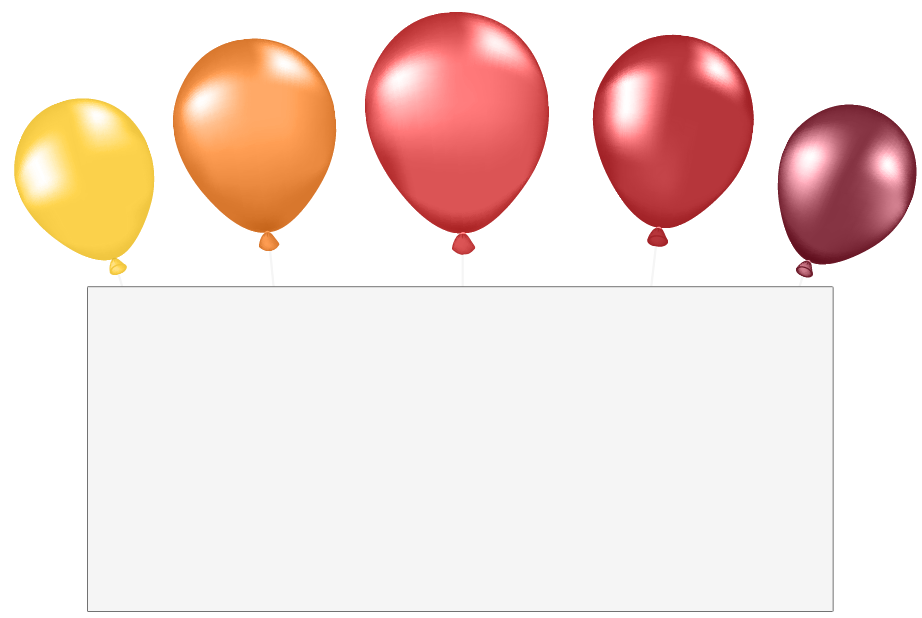Size: The smaller particles settle more slowly than the larger particles, due to the pull of gravity. The smaller particles tend to stay in suspension for longer periods of time.Velocity: The velocity of the transporting stream determines when sediments will be deposited. If the stream slows down during a drought period the carrying power will decrease and the particle sizes carried and deposited will also decrease. If a stream is flowing faster due to flood conditions then the carrying power of the stream will increase and the sizes of particles deposited will increase as well.
Density: The density of particles also influences the rates at which sediments settle out of running water and wind. If particles are the same size but have different densities the higher density particle will settle faster.
Weather: The weather affects the transportation depending on if there is wind, ice, and water.
Weight: The weight depends on the type of rock and what has happened to it.


